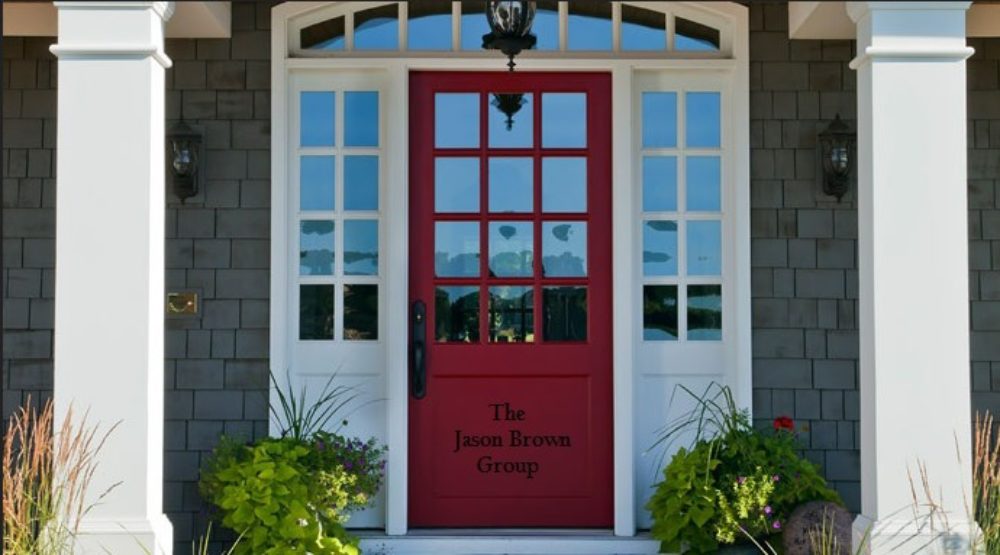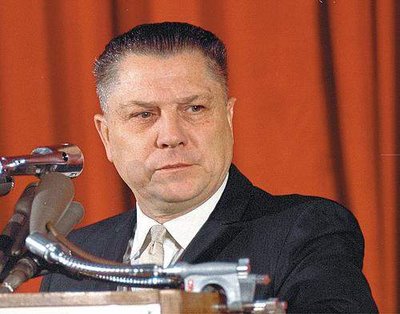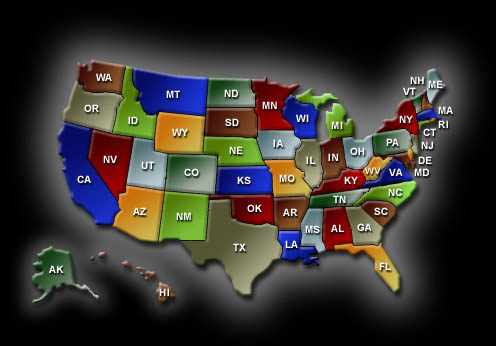Checking The Pulse Of The Kansas City Real Estate Market
Real Estate Statistics On Lenexa Kansas
15 Day Glance At The Lenexa KS Real Estate Market
After calculating the absorption rate over the past 15 days in Lenexa Kansas, we find the city has 7.3 months of inventory currently on the market. While still a buyer’s market in Lenexa, 7.3 months of inventory is quite an improvement over the 11.1 months of inventory when we took a look at Lenexa’s June market stats.
| Type | # | Average $ | Avg DOM |
| Listings Past 15 Days | 35 | $278,262 | – |
| Total Active Listings | 321 | – | – |
| Newest Contracts Written | 36 | $253,695 | 148 |
| Newest Sold (Closed) | 22 | $227,439 | 69 |
* The Average $ of Newest Contracts Written considers the list price when the homes went under contract. Data pulled from Heartland MLS and deemed reliable but not guaranteed. Low samplings in a category can skew results. Stats cover approximately 15 days from post date. DOM = Days On Market.
If you’re exploring the possibility of buying or selling a home in Lenexa, please contact us to discuss your situation. Here’s additional information on how we can assist you with selling your Lenexa home or with buying a Lenexa home. Please contact us with questions.
Lenexa Kansas Relocation Information
Search Lenexa Kansas Homes For Sale
View Additional Real Estate Stats On Lenexa Kansas
Lenexa Kansas Buyer’s Agent Services
Lenexa Kansas Listing Agent Services
Posted by Jason Brown








